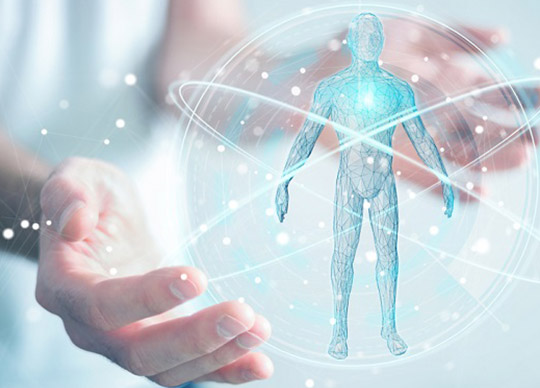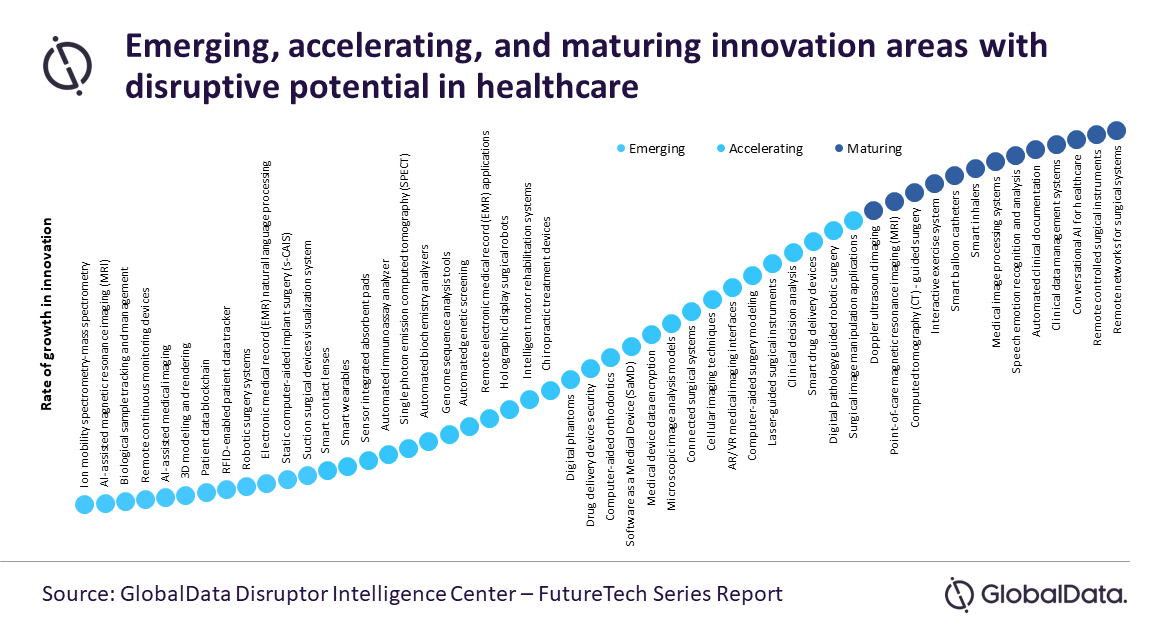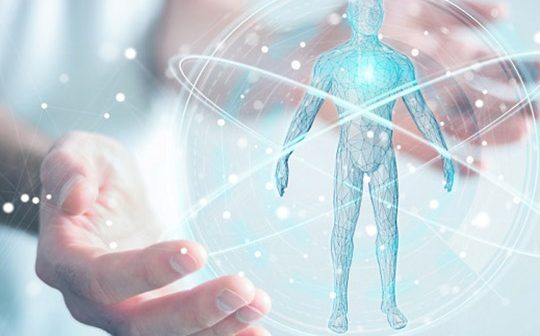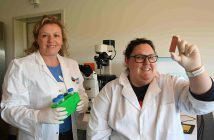
The healthcare industry has transformed beyond conventional tools, embracing innovative technologies to enhance patient safety and care. With the seamless integration of technologies like AI, genomics, and robotics, patients can receive precise diagnoses and treatment, paving the way for a secure medical environment, says GlobalData.
Kiran Raj, Practice Head of Disruptive Tech at GlobalData, comments: “The advent of personalized medicine, buoyed by advancements in genomics and bioinformatics, is revolutionizing patient treatment. Instead of a one-size-fits-all approach, doctors can now analyze a patient’s genetic makeup to prescribe treatments that are most likely to be effective. While the transformative potential of disruptive technologies in healthcare is immense, careful implementation considering privacy, ethics, and equity is equally critical.”
Vaibhav Gundre, Project Manager of Disruptive Tech at GlobalData, comments: “As we embrace healthcare 5.0, technologies such as remote continuous monitoring devices, electronic medical records (EMR) natural language processing, genome sequence analysis tools, and robotic surgery systems have transformed healthcare. These innovations provide real-time data insights, accuracy in medical procedures, and enhanced patient care management. The integration of such technologies in healthcare has improved patient outcomes and opened new avenues for research and development in the industry.”
GlobalData’s FutureTech Series report, “Beyond the pill: key disruptive forces in healthcare 5.0”, highlights more than 50 disruptive forces in healthcare as emerging, accelerating, and maturing innovation areas based on their rate of growth in innovation.

A remote continuous monitoring device is a technological innovation designed to persistently gather and relay data from distant locations to a centralized system or platform. In August 2022, Medtronic entered an exclusive partnership with BioIntelliSense for the distribution of multi-parameter wearable devices in the US. These devices are aimed at facilitating continuous remote patient monitoring, spanning from in-hospital settings to patients’ homes.
EMR natural language processing is transforming healthcare by efficiently analyzing vast patient data to identify at-risk populations. In September 2022, The University of California, Irvine partnered with Melax Tech to enable researchers to analyze EHR data using natural language processing.
Genome sequence analysis tools are essential to understand gene function and genetic diseases. These software programs analyze DNA and RNA sequences, performing functions like variant calling, quality control, and read alignment. In September 2022, NVIDIA announced a partnership with the Broad Institute of MIT and Harvard to provide the Terra cloud platform, a genomic analysis platform, and its users with the AI and acceleration tools needed to quickly analyze massive amounts of healthcare data.
Robotic surgery systems are sophisticated medical tools that allow surgeons to carry out minimally invasive procedures with enhanced accuracy, control, and versatility. In February 2023, Meihua International Medical Technologies (MHUA) revealed the creation of a dedicated team to guide the research and development of these innovative robotic surgical systems.
Gundre concludes: “No doubt, healthcare 5.0 holds tremendous potential for transforming the way we approach healthcare delivery. However, this transformation also comes with significant risks. Ensuring data privacy and security, addressing the digital divide, and navigating regulatory hurdles are some of the challenges that must be addressed to achieve their full potential. Nonetheless, with the right strategies in place, the future of healthcare looks promising, and we can look forward to a world where healthcare is more accessible, affordable, and equitable for all.”






